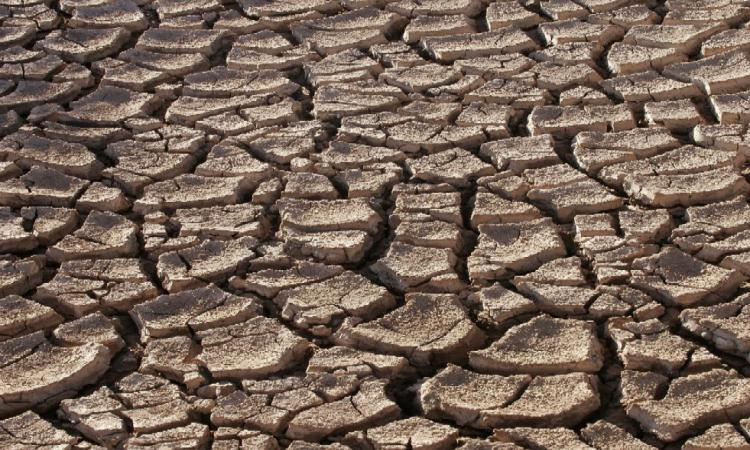
The report title 'Turn down the heat: Climate extremes, regional impacts and the case for resilience' published by the World Bank, highlights the risks posed by climate change and its impact on agricultural productivity, water resources and coastal ecosystems in the three critical regions of the world - Sub Saharan Africa, South East Asia and South Asia.
Physical impacts of climate change on India
The report predicts a grim outlook for India by outlining the physical and biophysical impacts of climate change that include:
- Heat extremes: Unprecedented spells of hot weather are expected to occur frequently over larger parts of India leading to deaths due to excessive heat.
- Water and groundwater scarcity: In India, water resources are already at critical levels and about 15 percent of the country’s groundwater tables are already being overexploited. Climate change is expected to further worsen this situation.
- Monsoon: A decline in monsoon and an increase in the frequency of heavy rainfalls is already happening in India. There will be an abrupt change in monsoon patterns, which could lead to frequent droughts and flooding in large parts of the country.
- Droughts: Droughts will be more frequent in north-western India, Jharkhand, Orissa and Chhattisgarh.
- Glacial loss, snow cover reductions and river flow: Rise in temperatures will lead to glacial melting, and the loss of snow cover over the Himalayas are expected to threaten the stability of northern India’s glacier-fed rivers.
- Sea-level rise: Sea-level rise and storms can lead to saltwater intrusion in coastal areas, thus affecting agriculture negatively, degrading groundwater quality, contaminating drinking water and leading to a rise in diseases such as diarrhea and cholera.
Impacts of climate change on agriculture and water resources in the country
The report highlights the negative impacts of these climatic changes on:
- Agriculture: Seasonal water scarcity, rising temperatures, and intrusion of sea water would threaten crop yields thus threatening the country’s food security.
- Water resources: An increase in the variability of monsoons is expected to increase water shortages. The threat to water security is very high over central India, along the mountain ranges of the Western Ghats, and in India’s northeastern states.
- Health: Climate change is expected to have major health impacts in India thus increasing malnutrition and related health disorders. Malaria and other vector-borne diseases, along with and diarrheal infections will be rampant because of warm temperatures.
- Energy security: Climate-related impacts on water resources could undermine hydropower and thermal power generation in the country.
The report ends by arguing that technological change, steadfast and visionary political will, and international cooperation are urgently required to change the trajectory of climate change and to protect people and ecosystems.
The report can be downloaded below.